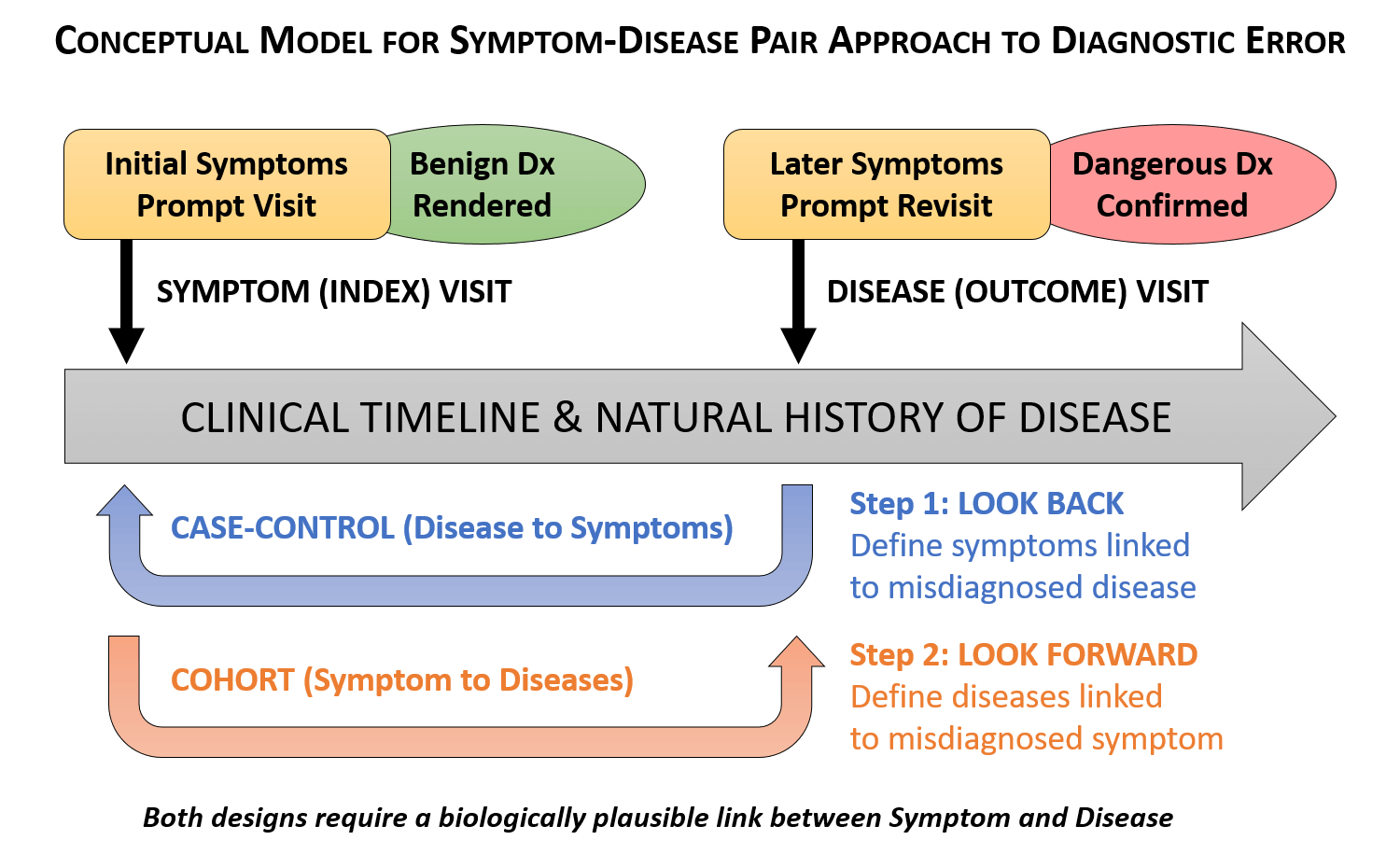Abstract
Advances in aesthetic rhinoplasty using conchal cartilage grafts have led to a high occurrence of retroauricular keloids. The purpose of this study is to introduce our surgical experiences using a keystone flap in retroauricular keloids following conchal cartilage grafts. The present study is a retrospective review of patients with pathologically confirmed retroauricular keloids following conchal cartilage grafts. These cases were surgically excised and we covered the defect with a keystone flap followed by one-time steroid injection at postoperative day 14 and silicone gel sheeting application for 3 months. Treatment outcome was recorded as recurrence or non-recurrence. In all patients, a follow-up period of minimum 12 months was required. Of these patients, 90.0% had successful treatment of their auricular keloids, whereas 10.0% had recurrences. The postoperative course was uneventful. In conclusion, our aesthetic reconstruction using a keystone flap created from the mastoid-helix area is a useful treatment strategy in terms of retroauricular keloids following conchal cartilage grafts.
http://ift.tt/2n3VphI




